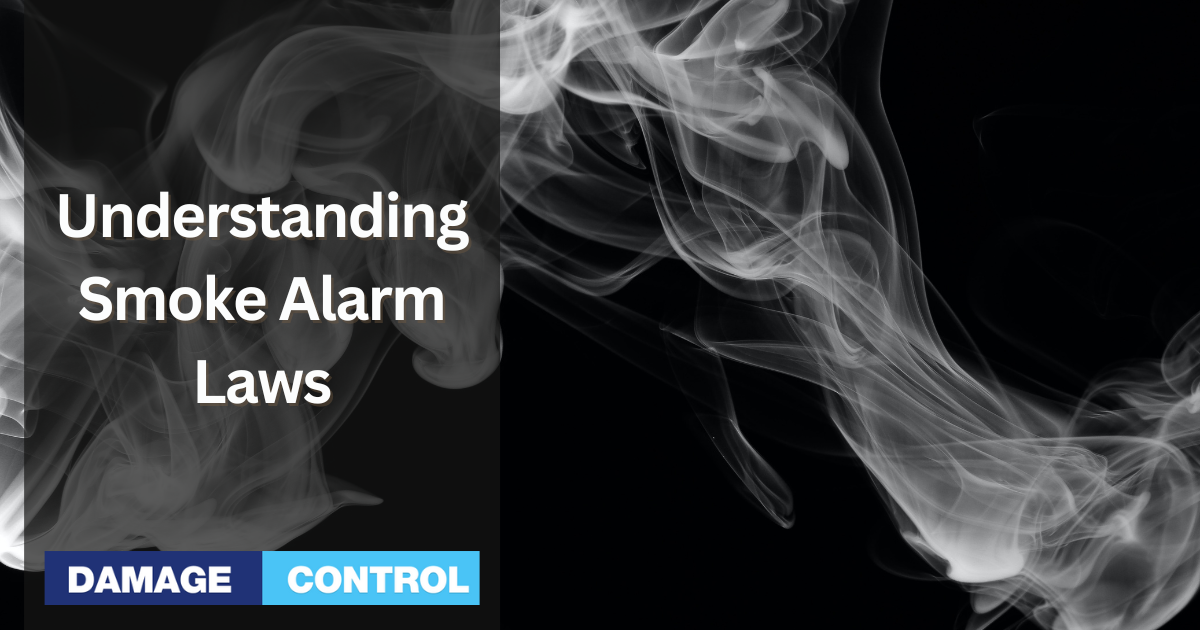Smoke alarms are an essential safety feature in every home. They have been proven to save lives by alerting residents to the presence of smoke and fire, giving them precious time to evacuate. However, not all smoke alarms are created equal, and the laws surrounding their installation and maintenance can be confusing for homeowners. This guide aims to provide a comprehensive understanding of smoke alarm laws and best practices for homeowners to ensure their safety.
One of the most important aspects of smoke alarm installation is knowing where to place them for optimal safety. The guide will cover the recommended locations for smoke alarms, as well as the differences between ionization and photoelectric smoke alarms. It will also explore the benefits of interconnected smoke alarms and voice alert systems.
Understanding Smoke Alarm Laws: A Guide for Homeowners
Smoke alarms are a crucial safety feature in any home, and it is important for homeowners to understand the laws and regulations surrounding them. Smoke alarm laws vary by state, so it is essential to research the specific laws in your area.
In general, most states require smoke alarms to be installed in every bedroom, outside each sleeping area, and on every level of the home. Some states may also require interconnected smoke alarms, which means that when one alarm sounds, they all sound.
It is important to note that smoke alarm laws are not just suggestions; they are legally binding requirements. Failure to comply with these laws can result in fines or even legal action.
To ensure compliance with smoke alarm laws, homeowners should regularly test their smoke alarms and replace the batteries at least once a year. It is also recommended to replace the entire smoke alarm every ten years.
Additionally, homeowners should be aware of the difference between ionization and photoelectric smoke alarms. Ionization alarms are better at detecting flaming fires, while photoelectric alarms are better at detecting smoldering fires. Experts recommend having both types of alarms installed in the home for optimal safety.
Smoke Alarm Installation: An Essential Guide
Installing smoke alarms in your home is essential for your family's safety. Proper installation ensures that the alarms will function correctly and alert you to potential fires. Here are some essential tips to guide you through the installation process:
- Install smoke alarms on every level of your home, including the basement and attic. Place them in each bedroom and outside sleeping areas.
- Choose smoke alarms that are interconnected, so when one alarm sounds, they all sound. This will ensure that everyone in your home is alerted to potential danger.
- Install smoke alarms in the center of the ceiling or high on the wall, at least 4 inches away from the ceiling. Avoid installing them near windows, doors, or air vents.
- If you have a pitched ceiling, install the smoke alarm within 3 feet of the peak but not within the apex of the peak.
- If you are installing smoke alarms in a large room, install multiple alarms to ensure proper coverage.
- Follow the manufacturer's instructions for installation and testing. Test your smoke alarms monthly and replace the batteries twice a year.
- If you are not comfortable installing smoke alarms yourself, hire a professional to do it for you.
Proper installation of smoke alarms is crucial to ensuring the safety of your home and family. By following these essential tips, you can install smoke alarms that will function correctly and alert you to potential fires. Remember to test your smoke alarms regularly and replace the batteries to ensure they are working correctly.
Optimal Smoke Alarm Placement for Safety
When it comes to smoke alarms, placement is key. Proper placement can ensure that the alarm will detect smoke and alert you to a fire in a timely manner. Here are some tips for optimal smoke alarm placement:
- Install smoke alarms on every level of your home, including the basement and attic.
- Place smoke alarms in every bedroom, outside each sleeping area, and in the hallway leading to bedrooms.
- Install smoke alarms at least 10 feet away from cooking appliances to prevent false alarms.
- Mount smoke alarms high on walls or ceilings. Wall-mounted alarms should be installed not more than 12 inches away from the ceiling (to the top of the alarm). If you have ceilings that are pitched, install the alarm within 3 feet of the peak but not within the apex of the peak (four inches down from the peak).
- Avoid installing smoke alarms near windows, doors, or ducts where drafts may interfere with their operation.
- For optimal protection, consider installing interconnected smoke alarms. When one alarm detects smoke, all alarms in the home will sound, providing early warning and more time to escape.
It's important to note that different types of smoke alarms may have different placement recommendations. For example, ionization smoke alarms are better at detecting fast-burning fires, while photoelectric smoke alarms are better at detecting slow-burning fires. Consider installing both types of alarms or a dual-sensor smoke alarm for maximum protection.
Regular testing and maintenance of smoke alarms is also crucial for ensuring their effectiveness. Test your smoke alarms at least once a month and replace the batteries at least once a year. Replace smoke alarms every 10 years or sooner if they are not functioning properly.
By following these guidelines for optimal smoke alarm placement and maintenance, you can help keep your family safe in the event of a fire.

